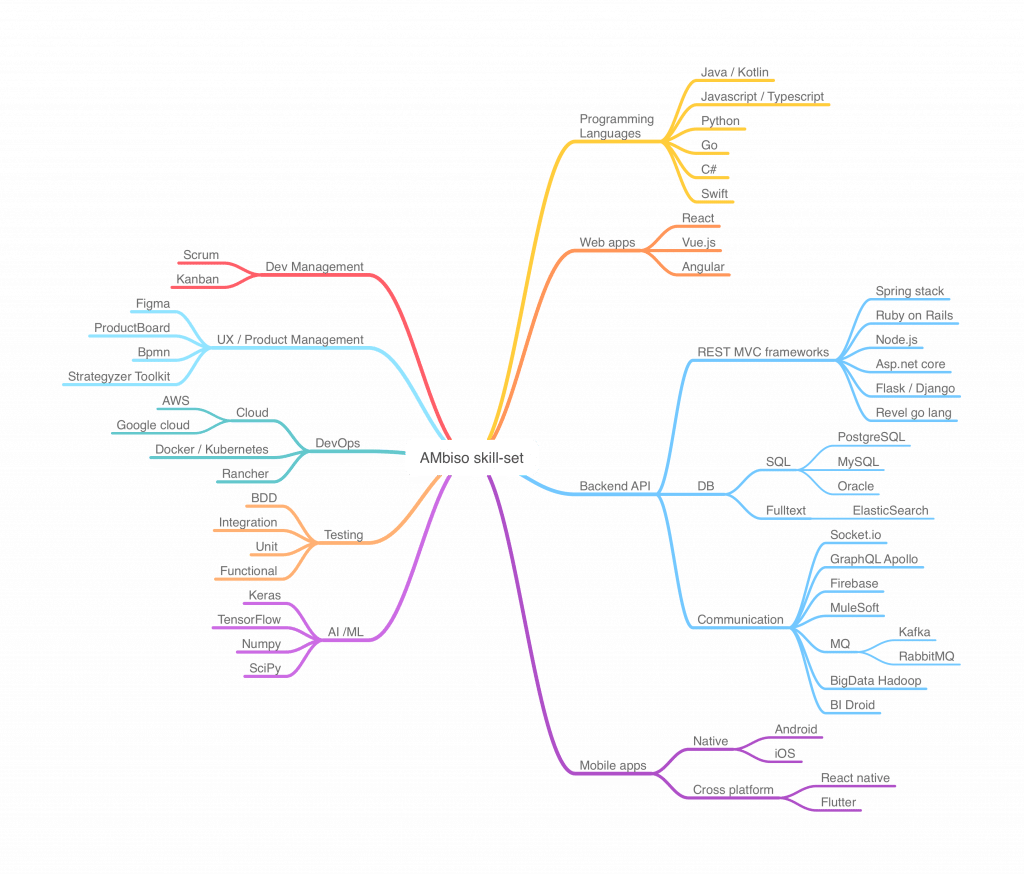Custom software development
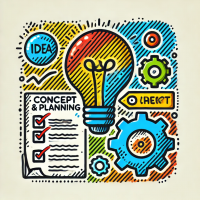
1. Concept & Planning (Pre-Development Phase)
Objective: Define the vision, goals, and feasibility of the project.
•Identify business requirements and stakeholders’ needs.
•Define the product backlog (list of features and functionalities).
•Prioritize features based on business value.
•Form the Agile team (Product Owner, Scrum Master, Development Team).
•Choose an Agile framework (e.g., Scrum, Kanban).
•Establish timelines, budgets, and scope boundaries.
Deliverables: Product backlog, project roadmap, stakeholder agreement.
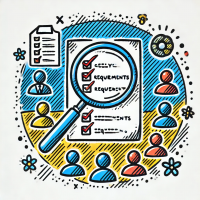
2. Requirements Gathering (Sprint 0 / Backlog Refinement)
Objective: Gather detailed requirements and break them into user stories.
•Conduct stakeholder interviews and workshops.
•Write user stories with acceptance criteria.
•Perform backlog refinement (breaking down epics into smaller user stories).
•Define the Definition of Ready (DoR) for stories.
•Prepare wireframes or prototypes.
Deliverables: Refined backlog, wireframes, user stories.

3. Sprint Planning
Objective: Plan the tasks for the upcoming sprint.
•Select high-priority user stories from the backlog.
•Break user stories into tasks.
•Define sprint goals and objectives.
•Estimate efforts using story points (e.g., Planning Poker).
•Assign responsibilities to team members.
Deliverables: Sprint backlog, sprint goal.
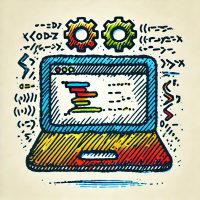
4. Development (Iterative Sprints)
Objective: Develop working software incrementally.
•Write code following Agile principles.
•Conduct daily stand-up meetings to track progress.
•Collaborate closely with stakeholders for feedback.
•Perform code reviews and pair programming.
•Continuous integration and deployment (CI/CD).
Deliverables: Working software increments, updated sprint backlog.
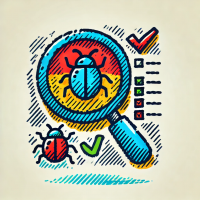
5. Testing (Continuous Feedback)
Objective: Ensure the software meets quality standards and business needs.
•Conduct automated and manual testing.
•Perform unit, integration, and acceptance testing.
•Fix bugs and optimize code performance.
•Conduct regression testing to verify new features do not break existing functionality.
Deliverables: Test reports, defect logs, stable software increment.

6. Sprint Review (Demonstration to Stakeholders)
Objective: Gather feedback from stakeholders and adapt accordingly.
•Present the working increment to stakeholders.
•Collect feedback for improvements.
•Update the product backlog based on feedback.
•Decide what changes or features should be implemented next.
Deliverables: Stakeholder feedback, updated backlog.
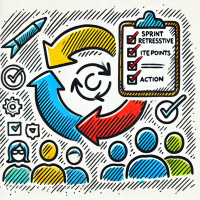
7. Sprint Retrospective
Objective: Reflect on the sprint process and improve team performance.
•Discuss what went well and what could be improved.
•Identify process bottlenecks and challenges.
•Plan improvements for the next sprint.
Deliverables: Actionable improvement plan for the next sprint.

8. Deployment & Release
Objective: Deploy the tested software to production.
•Perform final testing and quality assurance checks.
•Prepare deployment scripts and CI/CD pipelines.
•Deploy software to staging/production environments.
•Conduct user acceptance testing (UAT).
Deliverables: Live software product, deployment reports.
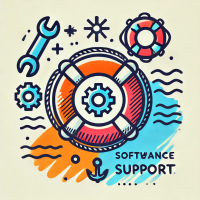
9. Maintenance & Support
Objective: Ensure the system runs smoothly and evolves with business needs.
•Monitor system performance and resolve issues.
•Provide ongoing support and updates.
•Implement new features based on user feedback.
•Schedule regular maintenance releases.
Deliverables: Patches, bug fixes, new feature releases.
Bodyshop
The bodyshop involves providing skilled IT professionals (developers, testers, project managers, etc.) to clients on a temporary or long-term basis. The client manages these outsourced resources as part of their existing team, while the bodyshop company handles recruitment, payroll, and compliance.
Bodyshop benefits for clients:
1.Cost-Effective Staffing:
•Reduces hiring, training, and infrastructure costs.
2.Access to Specialized Talent:
•Quickly fills skill gaps with experienced professionals.
3.Scalability & Flexibility:
•Scale teams up or down based on project needs without long-term commitments.
4.Faster Project Execution:
•Quickly onboard resources to meet tight deadlines.
5.Reduced Administrative Burden:
•The bodyshop provider handles HR, payroll, and legal compliance.

